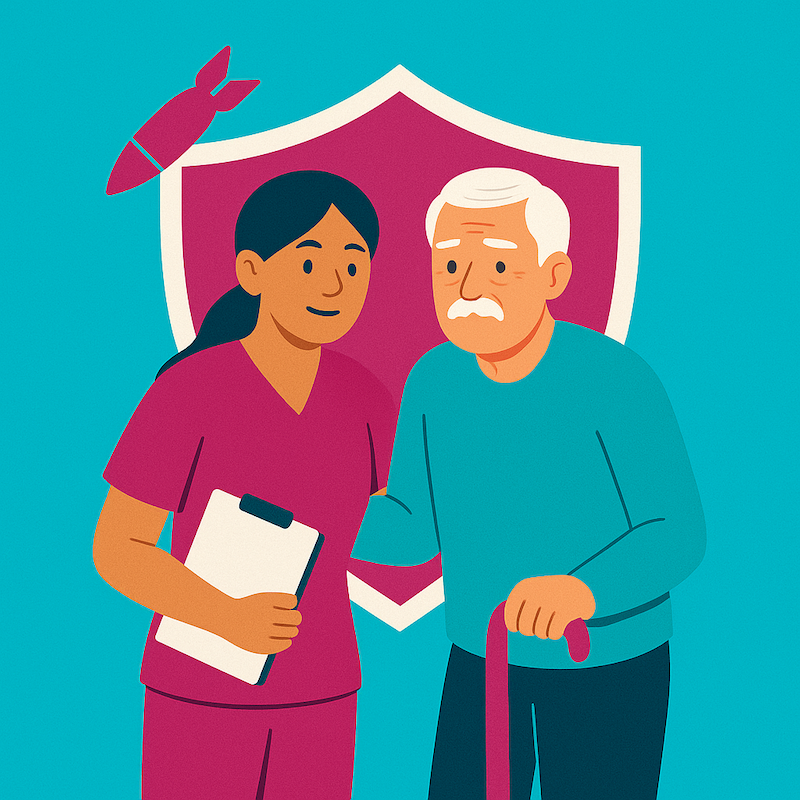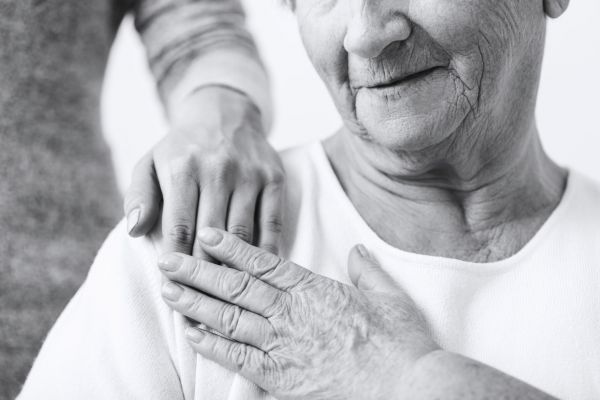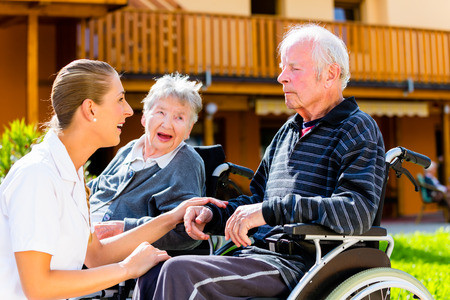How to Safely Move and Reposition Bedridden Patients: Techniques to Prevent Injury
iSavta | 23.02.2025

Caring for a bedridden patient requires special attention to movement and positioning to prevent injuries for both the caregiver and the patient. Improper techniques can lead to muscle strain, pressure sores, and discomfort. Here are essential steps and techniques to ensure safe repositioning and movement of bedridden patients.
1. Understand the Importance of Repositioning
Regular repositioning helps prevent pressure ulcers, improves circulation, and enhances comfort. Bedridden patients should be repositioned at least every two hours to avoid prolonged pressure on one area of the body.
2. Prepare Before Moving the Patient
Before repositioning a patient, gather necessary items such as pillows, slide sheets, or a draw sheet to assist with movement. Ensure the bed is at a comfortable height to avoid unnecessary bending or strain on your back.
3. Use Proper Body Mechanics
-
Stand with your feet shoulder-width apart for better balance.
-
Bend at your knees, not your waist, to reduce strain on your back.
-
Keep the patient close to your body to minimize effort.
-
Avoid twisting your body; instead, move your whole body in the direction of the turn.
4. Techniques for Moving a Bedridden Patient
a) Turning a Patient to Their Side
-
Stand on the side of the bed and lower the bed rail (if applicable).
-
Place one hand on the patient's shoulder and the other on their hip.
-
Gently roll the patient onto their side while supporting their body.
-
Place a pillow behind their back to keep them comfortable and stable.
-
Ensure their arms and legs are in a natural position to prevent stiffness or discomfort.
b) Using a Draw Sheet to Move a Patient Up in Bed
-
Place a draw sheet under the patient by rolling them to one side and tucking the sheet beneath them, then rolling them back over the sheet.
-
Stand at the head of the bed with another caregiver if possible.
-
Hold the edges of the draw sheet near the patient's shoulders and hips.
-
Count to three and lift together, moving the patient up in bed with a smooth, coordinated motion.
c) Sitting a Patient Up in Bed
-
Raise the head of the bed slowly to help the patient transition to an upright position.
-
Support their back and shoulders as they adjust to sitting up.
-
Place a pillow behind them for additional support.
-
Ensure they are comfortable and monitor for dizziness or discomfort.
5. Use Assistive Devices When Needed
Slide sheets, transfer boards, and mechanical lifts can help reduce strain on caregivers and make movement easier for the patient. Using these tools can prevent unnecessary injuries and provide better support.
6. Ensure Patient Comfort and Safety
-
Check for signs of discomfort or pain during movement.
-
Keep the patient’s body properly aligned to prevent joint strain.
-
Place pillows or cushions under pressure points, such as the heels and lower back, to prevent sores.
-
Make sure the bed is in a low and locked position before leaving the patient.
7. Seek Assistance When Needed
If the patient is too heavy or difficult to reposition alone, ask for help from another caregiver. Avoid straining yourself, as this can lead to serious injury.
Conclusion
Properly moving and repositioning bedridden patients is essential for their health and safety, as well as for the caregiver’s well-being. By using the right techniques, practicing good body mechanics, and utilizing assistive devices, caregivers can reduce the risk of injury and ensure patients remain comfortable. Regular repositioning not only prevents complications but also improves the overall quality of care for bedridden individuals.











